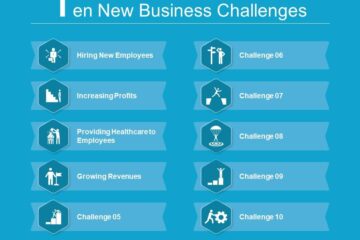Loan approval rates at big banks ($10 billion+ in assets) declined slightly for the first time in six months in July 2016, according to the Biz2Credit Small Business Lending Index™, the monthly analysis of more than 1,000 small business loan applications on Biz2Credit.com. Last month, big banks granted 23.1%, still a solid figure considering where we once were during the post-Great Recession credit crunch when approval percentages were in the single digits. Credit unions (41.5%) and alternative lenders (60%), providers of asset-based and cash advance loans also experienced a dip in their loan approval rates.
File photo of the Marriner S. Eccles Federal Reserve Board Building in Washington, D.C. (AP Photo/Andrew Harnik, File)
Additionally, some banks reportedly tightened their lending standards in the second quarter on commercial and industrial loans to businesses, according to the Federal Reserve’s recent survey of senior loan officers. The survey analyzed responses from 71 domestic banks and 23 U.S. branches and agencies of foreign banks. Among the domestic respondents that purportedly tightened their standards or loan terms, the most common reasons included:
A less favorable or more uncertain economic outlook
Worsening of industry-specific problems
Reduced tolerance for risk
Big banks are more sensitive to global events than smaller, community banks. However, a small dip during a solid year for lending should not be cause for alarm to small business owners. There are many encouraging signs in the U.S. economy.
For a second straight month, job growth improved substantially, according to latest Jobs Report released by the U.S. Bureau of Labor Statistics. Total non-farm payroll employment improved by more than a quarter of a million last month, building upon a strong June 2016. The unemployment rate is slightly below 5%, which is generally considered full employment. Meanwhile, employment in the financial sector increased by 18,000 in July and has risen by 162,000 so far this year.
Small banks and institutional investors — credit funds, insurance companies, family funds, and other yield-hungry, non-bank financial institutions — increased the percentage of small business loan requests they granted in July. Small banks approved nearly half (48.9%) of funding requests and institutional lenders granted better than three-in-five (62.8%) loans on average.
Over the last two years, institutional lenders have emerged as a strong force in the industry and continue to provide affordable loan products to borrowers with high rates of success. High yields and low default rates enable this category of lenders to offer competitive rates and terms. This has attracted investors from all over. In fact, institutional investors from other countries are looking to enter the U.S. market. This competition is good for borrowers.
For small business owners with good credit scores, it remains a good time to borrow or refinance existing loans. Interest rates are still at historic lows and are unlikely to increase in the near future. However, the Federal Reserve hinted earlier in the year that it anticipated to implement another interest rate hike in 2016, but a faltering global economy could derail those plans.
The Fed is scheduled to meet again September 20-21, and among the discussion subjects will be a possible interest rate increase. Shop around for deals while rates are still incredibly low.
[Source: Forbes]



